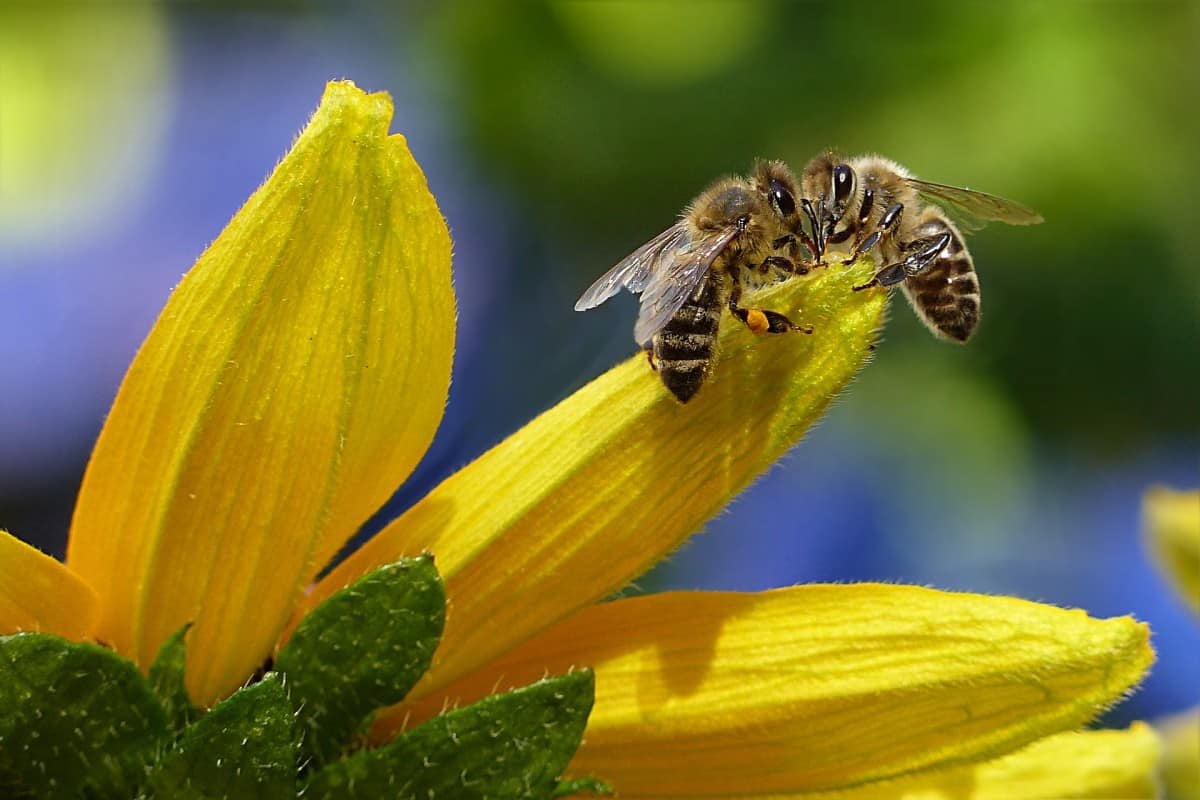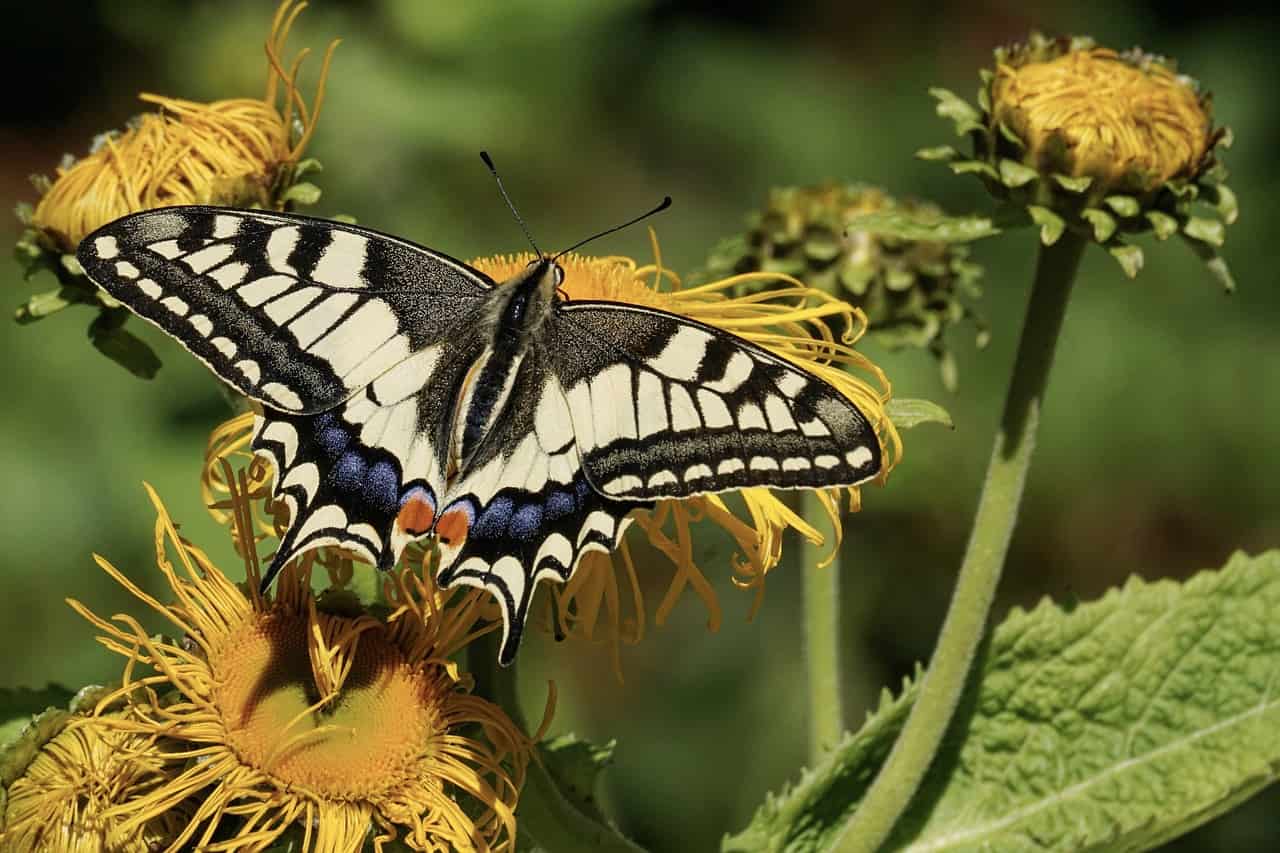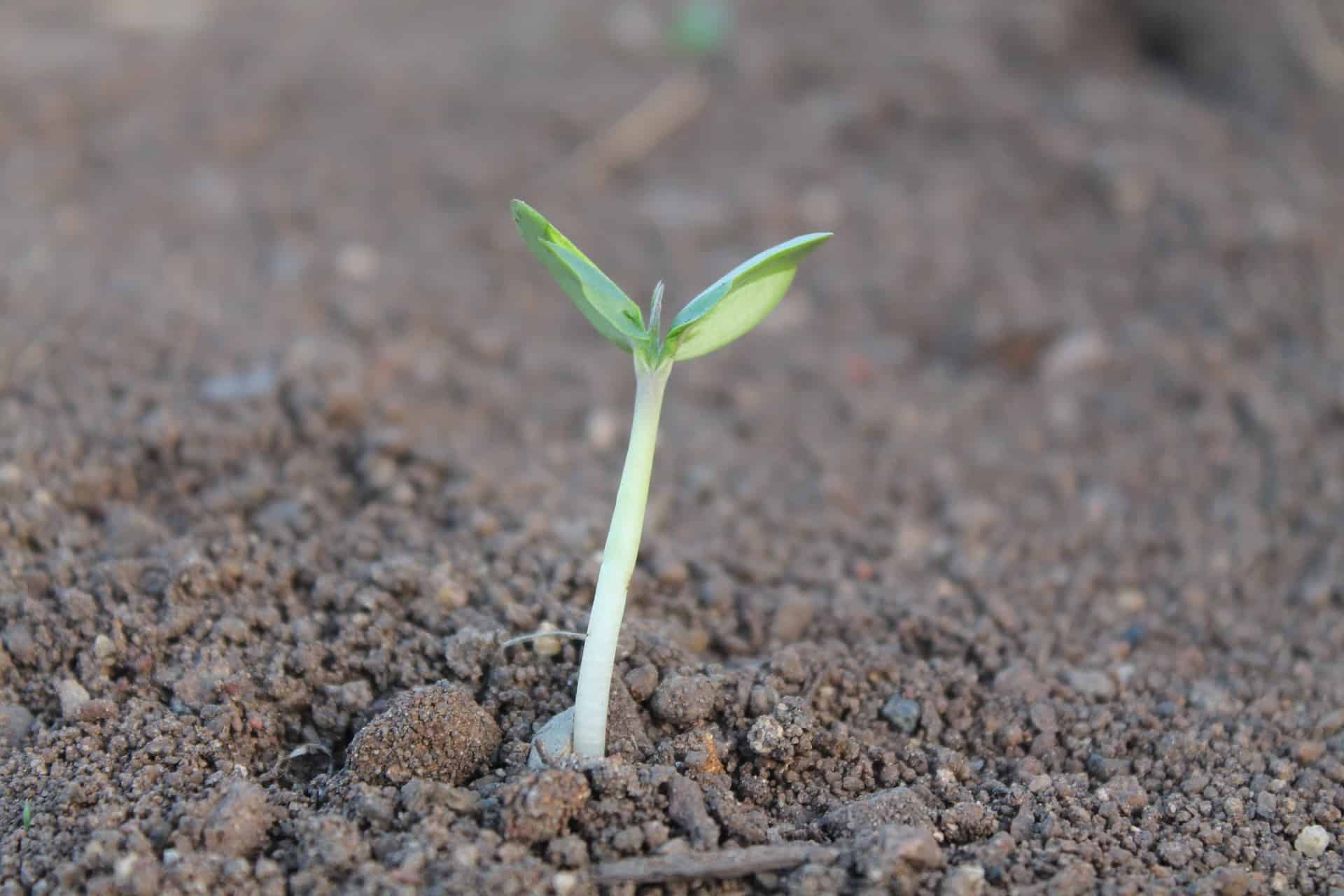
Under the slogan “Save the bees”, 18.4 percent of the Bavarians voted for a petition for a referendum on biodiversity in January and February of this year. With this petition for a referendum a clear reduction of pesticides should be achieved, more flower meadows are to be developed and the development of ecological agriculture should be legally enacted.
The bill included changes to the Bavarian Nature Conservation Act as well as better networking of biotopes. By the year 2030, ecological cultivation is to be increased from 10 to 30 percent. And the animal rights activists were successful. In Bavaria the nature protection law will actually be altered. “The draft is accepted one-to-one”, said Minister President Markus Söder at the press conference.
The background to the referendum was the decline in bee colonies, which are indispensable not only for honey production, but also for the diversity of flora. The Western honey bee, Apis mellifera, is by far the most important man-kept pollinator in the world. Why the bee population has declined so drastically in recent years can however only be suspected.

Multiple Stress Factors
According to statistics from the German Beekeepers’ Association, the number of bee colonies in Germany alone fell from around 1.2 million in 1992, to less than one million in 2018. The main reasons for the death of bees are climate change and environmental destruction. However, scientists assume that a combination of different stress factors is the cause of the decline.
An international team of researchers has now been able to prove that the interaction between the Varroa destructor mite and pesticides impairs the lifespan of honeybees. Scientists at the Institute of Bee Health at the University of Bern and Agroscope, in collaboration with the international honey bee research network COLOSS and the Universities of Auburn (USA) and Chiang Mai (Thailand), have discovered a previously unknown mechanism that can explain the increased losses of honey bee colonies worldwide.
A Deadly Combination
The Varroa Destructor mite originates from Asia, where it attacks the Eastern honey bee, Apis cerana. In the meantime, the mite is found almost everywhere and has become the most dangerous threat to the Western honeybee worldwide. In combination with insecticides, especially neonicotinoids, this mite has a considerable influence on the health of bees according to the latest findings.

As part of their research project, the scientists treated workers in special honey bee colonies with two selected neonicotinoids. They found that the insecticides alone had no effect on the weight and longevity of the animals. However, as soon as Varroa Destructor was infested with the mite, the picture changed. Both stress factors together caused great damage.
Particularly affected by these effects were the long-lived winter honeybees, which are born in autumn to ensure the survival of the colony in winter. Due to this “combined effect”, the winter bee workers not only had a significantly shorter lifespan, they were also smaller than “normal” honey bees. However, the bees’ performance depends on their body size and how well they can protect themselves against the winter cold.
Rethinking in Agriculture
“Beekeepers in many regions of the world are affected by far too high colony losses”, says Prof. Peter Neumann of the Institute for Bee Health at the University of Bern, co-author of the study and president of the COLOSS network. It is therefore important that sustainable solutions are found in agriculture and beekeeping to protect honey bee colonies. “Reduced use of insecticides and improved control of the Varroa destructor mite are urgently needed”, says Dr. Lars Straub, first author and post-doctoral fellow at the Institute of Bee Health.
The results of the study were published in “Scientific Reports”, the open access journal of “Nature”. It was financially supported by the Federal Office for the Environment, Agroscope, the Vinetum Foundation, the ETH Global Foundation, Chiang Mai University, the USDA National Institute of Food and Agriculture and the Swiss National Science Foundation (SNF). The project was carried out by researchers from the University of Bern (Institute for Bee Health and Institute for Veterinary Public Health), Agroscope (Swiss Institute for Bee Research), Auburn University, Chiang Mai University and Mae Fah Luang University.
Also Interesting:
Beehive heating for the Fight Against the Varroa Mite







